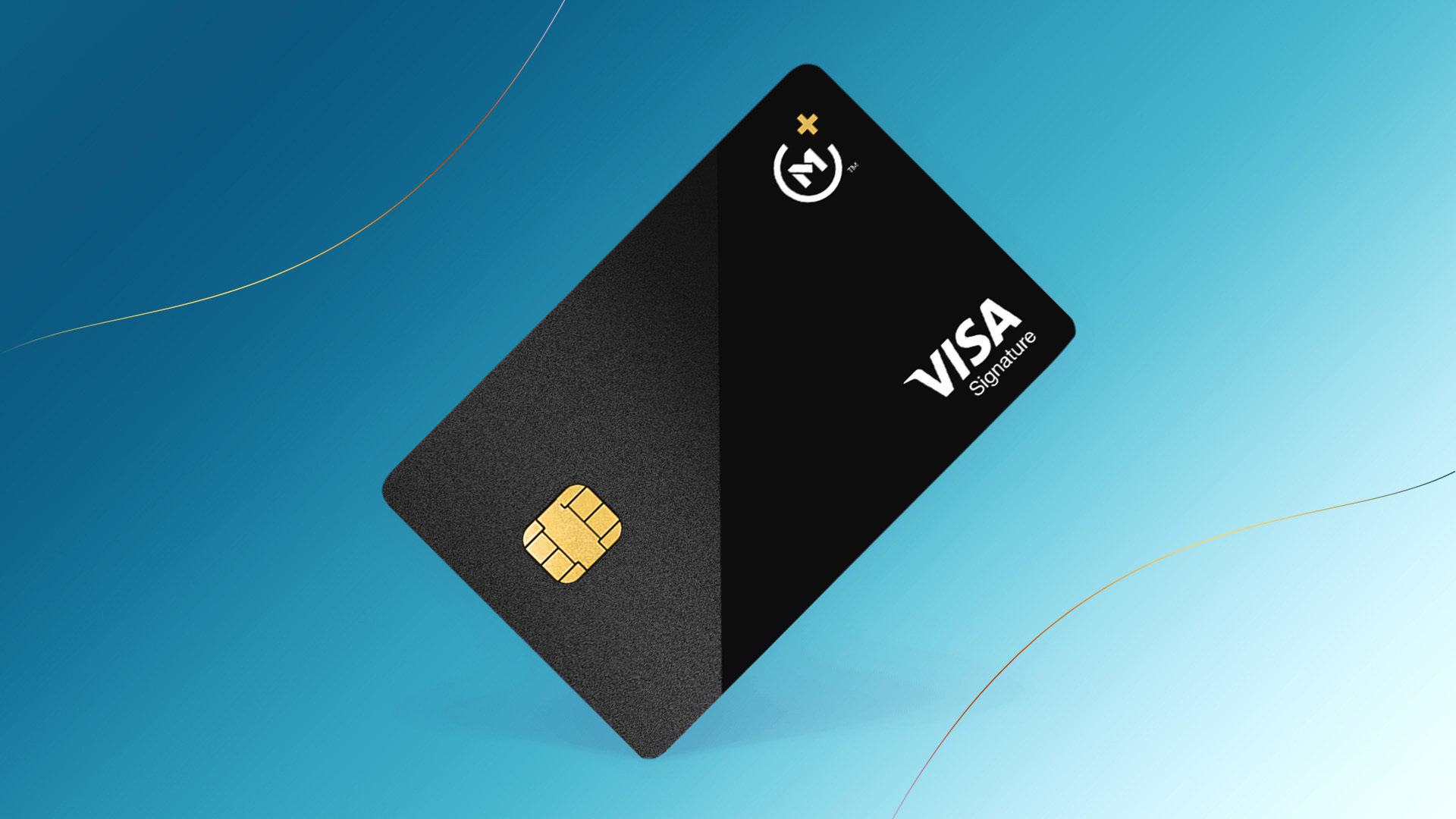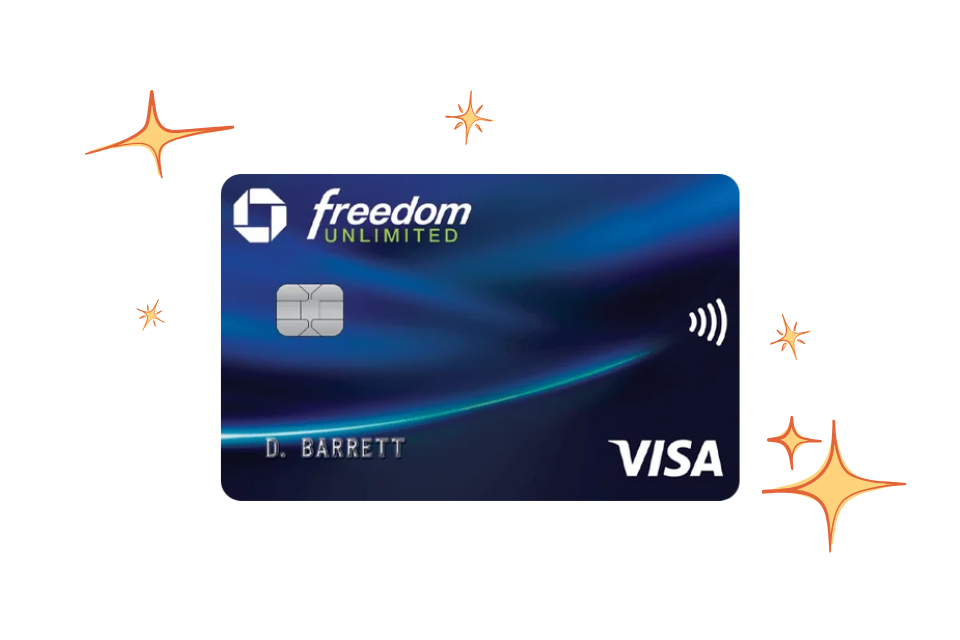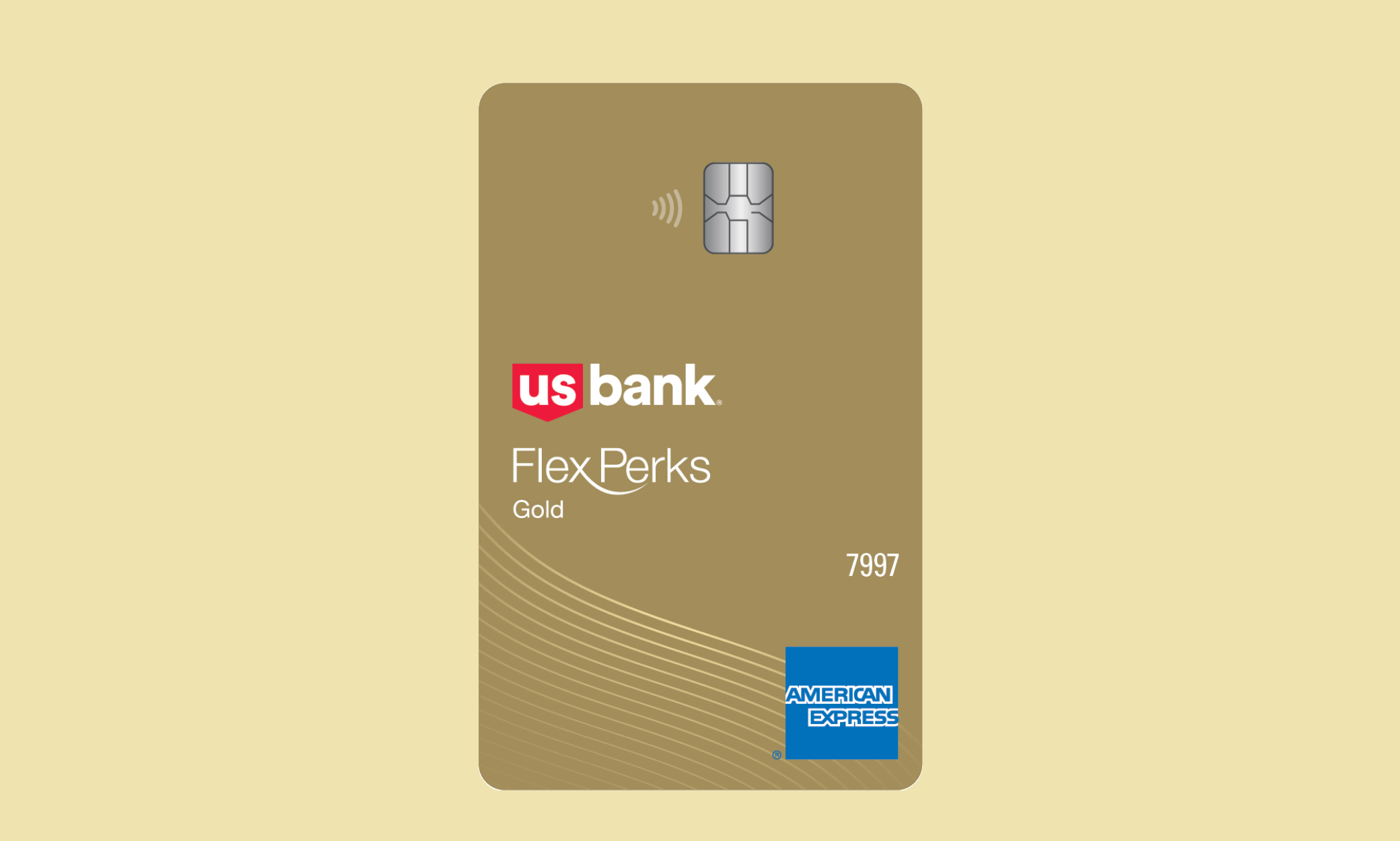The Impacts of Interest Rates on Credit Cards and How to Avoid Financial Traps

The Importance of Interest Rates in Credit Cards
Understanding the dynamics of interest rates is pivotal for anyone navigating the world of credit cards. These rates can significantly influence your financial health and determine how much you eventually pay for your purchases. The U.S. economy has experienced various changes in interest rates over recent years, making awareness of these fluctuations crucial in managing personal finances effectively.
Here are some key impacts of interest rates on credit cards:
- Debt Accumulation: High interest can lead to rapidly increasing balances. For instance, if you carry a balance of $1,000 with a 20% interest rate, after a year, you could end up paying $200 in interest alone. This debt spiral can quickly escalate, especially if you’re only making minimum payments.
- Monthly Payments: The interest rate on your credit card directly affects your monthly payment amount. A higher rate translates into larger payments, which may strain your budget. Conversely, understanding how to leverage lower interest rates can lead to substantial savings over time.
- Credit Score: Carrying high balances may hurt your credit score. Credit utilization, which is the ratio of your outstanding debt to your credit limit, is a significant factor in determining your score. Maintaining a utilization ratio below 30% is recommended, but higher interest charges can make it hard to stay within that ideal range.
As the U.S. grapples with fluctuating interest rates, it remains critical to stay informed. Knowledge can be your best defense against falling into financial traps. Some common pitfalls include:
- Late Fees: Missing payments not only incurs late fees but can also result in increased rates and charges on your account. A single late payment can sometimes trigger a rate hike from 15% to over 25%, compounding your financial strain.
- High Minimum Payments: Focusing solely on minimum payments can keep you in debt for years. For example, if you have a balance of $2,500 at a 17% interest rate and only make minimum payments, you could take more than a decade to pay off the debt, meaning you would pay significantly more in interest.
- Cash Advances: These often come with higher interest rates, leading to more costs. Cash advances may also kick in immediate interest, bypassing the grace period that typical purchases enjoy, further exacerbating your financial situation.
In a landscape where credit cards are a staple for transactions, educating yourself about the impacts of interest rates can empower you to make wiser financial decisions. Consider shopping for cards that offer lower rates or exploring options like balance transfers to consolidate debt at a more manageable interest rate. Understanding the nuances of how interest rates play a role in your credit card usage will ultimately help you navigate your financial journey with confidence and foresight.
DISCOVER MORE: Click here to learn about daily meditation benefits
Understanding the Effects of Interest Rates on Credit Card Debt
When it comes to managing credit cards, interest rates play a crucial role in shaping your financial realities. These rates not only dictate how much you end up paying for your purchases but also influence your overall financial strategy. As rates fluctuate, adapting your approach can be the difference between financial freedom and debt entrapment.
Let’s delve deeper into the specific impacts of interest rates and how they can shape your credit card experience:
- Balance Growth: High interest rates can create a toxic environment for credit card users. If you start with a balance of $1,500 and your card carries a 25% interest rate, you can quickly find yourself owing significantly more than you originally spent. After just one year of making only minimal payments, that balance could inflate to over $1,800 due to interest alone. This reality illustrates how critical it is for consumers to remain vigilant about the rates applied to their cards.
- Payment Structures: The structure of your payments is directly influenced by your card’s interest rates. A card with a rate of 19% incurs a larger monthly payment compared to one at 14%. As you consider your financial obligations, it’s important to calculate the total cost of any debt you carry and how it affects your monthly budget, as higher payments can restrict your ability to save or cover essential expenses.
- Impact on Credit Scores: A stark consequence of high-interest credit cards is the potential for eroded credit scores. Your credit utilization ratio—that is, the total outstanding debt versus your available credit—plays a significant role in assessing your creditworthiness. Ideally, you should aim to keep this ratio below 30%. However, as interest accrues, maintaining a healthy ratio becomes challenging, leading to potential drops in the score that can have lasting ramifications for future borrowing.
Moreover, the intersection of fluctuating interest rates and various credit card policies can create a complex financial landscape. Here are several challenges to be mindful of:
- Annual Fees and Rate Increases: Many credit cards come with annual fees that can add up, especially if you’re also facing interest rate hikes. If you miss a payment, your lender may increase your interest rate, leaving you with even less incentive to pay off the card.
- Credit Card Promotions: While introductory 0% APR offers can be appealing, they often come with pitfalls. After the promotional period, rates may leap to double digits, resulting in shockingly high payments if balances remain.
- Variable Interest Rates: Credit cards often feature variable rates tied to a benchmark like the prime rate, subject to change. An increase in the prime rate can elevate your credit card interest rate, resulting in higher overall costs.
Awareness of these factors is key when navigating the complexities of credit cards. Establishing a robust understanding of interest impacts helps consumers make informed choices, avoiding financial traps and ultimately facilitating better management of their credit. As we explore strategies to mitigate these risks, recognizing the significance of interest rates in the credit card landscape remains imperative for achieving financial stability.
LEARN MORE: Click here for insights on portion control
Navigating Financial Traps with Smart Credit Card Strategies
With a clear understanding of how interest rates can significantly affect credit card debt, it’s essential to explore proactive strategies to prevent financial pitfalls. Taking control of your credit card usage not only enhances your financial well-being but also equips you with the tools necessary to maintain a healthy financial profile.
Here are some practical approaches to effectively manage credit cards and mitigate the risks associated with high interest rates:
- Choose the Right Credit Card: Start by researching credit cards that offer the most favorable interest rates. Look for cards with low fixed rates or those with attractive balance transfer offers. A 0% balance transfer rate can provide a temporary reprieve from high interest, giving you time to pay off existing debt without accumulating more. Just be sure to review any fees associated with balance transfers, as these can offset the savings of a lower interest rate.
- Make Payments Above the Minimum: It can be tempting to only pay the minimum monthly payment, especially during tough economic times. However, consistently paying above the minimum can dramatically reduce the interest you pay over time. A study by the Consumer Financial Protection Bureau found that making just a $100 increase above the minimum payment can save you thousands in interest over the life of your balance.
- Establish an Emergency Fund: Building an emergency fund can serve as a financial cushion during unforeseen circumstances, reducing the need to rely on credit cards for unexpected expenses. If you find yourself in a financial bind, this safety net can prevent you from adding to your credit card balance, ultimately curbing any potential for high-interest debt accumulation.
- Track Your Spending Habitually: Implementing a disciplined budget and tracking your spending can provide insights that help avoid overspending. Many financial experts recommend utilizing budgeting apps that link directly to your bank accounts, allowing you to view your expenses in real time and ensuring that you stay within your means.
Additionally, consumers need to be aware of their credit scores, as they play a pivotal role in determining creditworthiness and interest rates. The following factors are essential to keep in mind:
- Regularly Check Your Credit Report: Monitoring your credit report not only helps you keep an eye on your credit history but also allows you to correct any inaccuracies. A high credit score can significantly lower your interest rates, demonstrating to lenders that you are a responsible borrower.
- Maintain a Balanced Credit Utilization Ratio: Keeping your credit utilization below 30% not only helps maintain a healthy credit score but also safeguards against high rates that might be applicable if you exceed this threshold. If necessary, consider requesting a credit limit increase on underutilized cards; this will allow you to keep spending in check while enhancing your overall credit utilization ratio.
Being aware of your rights as a consumer can also protect you against potential predatory practices in the credit industry. The Truth in Lending Act mandates lenders to disclose the annual percentage rates (APR) that apply to credit cards. This requirement ensures that you are informed of the costs linked to borrowing and can make educated decisions regarding your financial commitments.
By adopting these strategies, consumers can navigate the turbulent waters of credit card interest rates with confidence, empowering them to make informed decisions and manage their finances effectively, all while minimizing the potential for steep debt burdens.
DISCOVER MORE: Click here to learn how creativity boosts mental well-being</a
Final Thoughts on Credit Cards and Interest Rates
Understanding the impacts of interest rates on credit cards is crucial in today’s financial landscape. As we’ve discussed, the consequences of high interest can accumulate rapidly, leading to a debt cycle that is difficult to escape. However, with proper strategies and awareness, consumers can navigate these challenges effectively.
By selecting the right credit card, prioritizing payments, and maintaining a robust emergency fund, individuals empower themselves to combat the rising costs of borrowing. This proactive approach not only minimizes the risks associated with high-interest rates but also supports improved financial health over time. Moreover, monitoring your credit score and maintaining favorable credit practices can lead to better rates and loan terms, reinforcing your financial stability.
As you explore credit options, keep in mind the principle of informed decision-making. Awareness of your rights under regulations like the Truth in Lending Act can protect you from predatory lending practices that seek to exploit unsuspecting consumers. Moreover, understanding how to utilize credit responsibly could be the difference between financial freedom and prolonged indebtedness.
In conclusion, the journey through managing credit cards and interest rates may seem daunting, but by applying the principles highlighted, you can chart a course toward financial security. The tools and knowledge are at your disposal; it is up to you to utilize them wisely. Stay informed, remain vigilant, and you will find yourself equipped to navigate the complexities of credit markets successfully.


